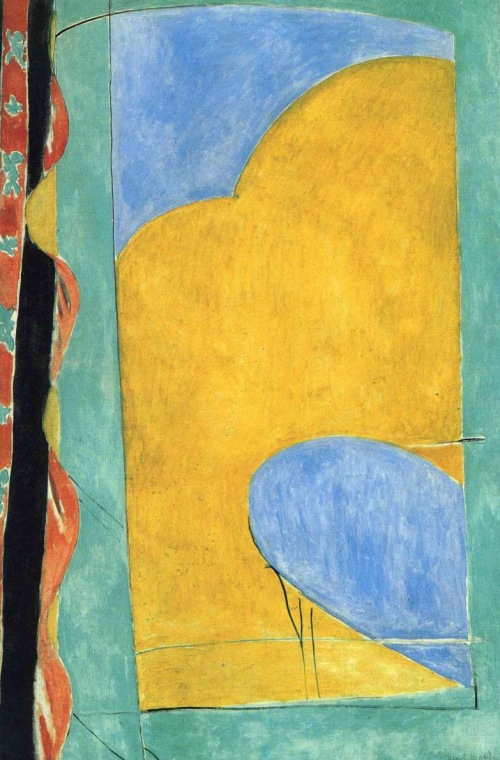
So I was sitting in the
Tate Modern Art Gallery, staring at an abstract work by Henri Matisse. And the longer I stared at his "Yellow Curtain", the better my Chinese was getting. It's amazing - almost unbelievable, in fact.
Actually, it's
totally unbelievable. It never happened that way. (And if you believe that it would work, you might be interested in a previous article called
Learn to speak Mandarin fluently in 6 months.
But wait ...
Don't give up yet. In reality there is something about the way modern art is perceived by people that can improve how quickly you learn to read and write Chinese. In particular, I am referring to the Heisig method which allows you to use powerful visualisations that link the meaning of the word to the written components of the word which makes up the final character.
Some modern art is really abstract - in the picture above you can see a patch of yellow, and Matisse insists it's a yellow curtain. OK. I can live with that. And in fact, from now one, when I look at it ... I will think of a yellow curtain.
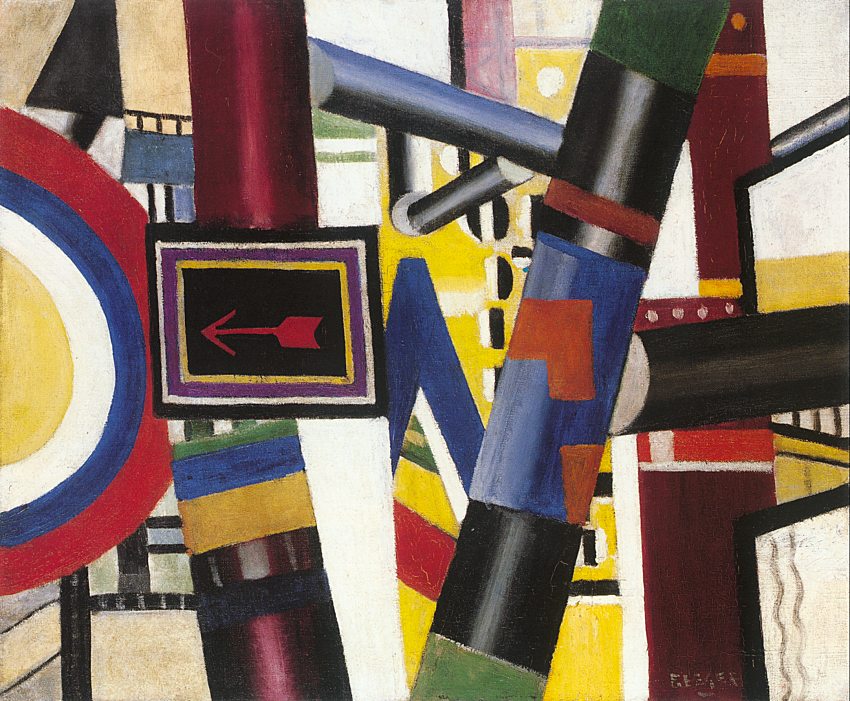
And other times you'll see just lines and blocks, which Leger has chosen to call "Railway Crossing". But this one is slightly different, because you might see little clues - like the sign with the arrow, and the concentric rings sign on the very left. For some people, especially people in France, this might be enough to trigger thoughts of a railway crossing.
And for people like me, I still don't get it. But I'll never forget the link again.
So if we take what we know about how artists can take an abstract image and allow it to create a special association; and if we use tricks like they do (for example, adding little
Easter Eggs to the scene), we can greatly improve the way we memorise Chinese characters.
Seriously, but work with me on this ...
I've blogged lots about Heisig already, but there is enough of a base of people using this method that I'd like to share some other tricks I use to speed up my learning, and improve my retention.
In memorising nearly 1500 characters in under 4 months, my ability to visualise images or stories has improved. Some approaches have worked, other techniques have failed. And with so many characters, you get pretty fast feedback. After all, if you can't remember a word the next morning, something failed!
Clear & Distrinct
Nouns are easy to memorise - especially nouns whose primitives are nouns too. You put together a series of objects to create another object.
For example, 汤 (tāng) means 'soup'. It's made up of the primitives for 'water' and 'piglets'. Just picture a pot of boiling water where soup is being prepared, with screaming piglets trying to get out, and you have an image that you will not easily forget. Even if you want to! (Sorry.)
Abstract
But other words are much more difficult to visualise, and therefore I seem to forget them more easily. Over the last few months, I've found some tricks that seem to have worked really well.
Below you will find some examples of the imagery I have used. You don't need to use the same images, but you might find the approach I've developed for myself useful to you.
Examples
"I wrote about this one in a previous
Tips & Tricks article , but it's a good example for getting the ball rolling. 'Peace' is hard for me to imagine without putting flowers into the image - which would then interfere with images that use a 艹 radical. So I thought of "Peaceful Sleep" which is a mosquito repellant I used plenty as a child, which plugs into the wall. I tried not to break the first rule of keeping things simple, but so that it was still useful. So with 按 (finger ... peace) I picture a finger pressing on the Peaceful Sleep device. (I don't imagine it's hot to touch, or that it's being switched on - or anything else which might confuse the image)."
The primitives which make up this word are 'person' and 'briar patch'. (As an aside, because you typically have 'people' in so many of your images, Heisig cleverly suggests that you imagine someone specific, someone who doesn't appear in previous images.)
It's very difficult (... for me) to visualise a person walking through a briar patch,
and at the same time create the image of 'great'. What does 'great' look like? So instead I have included in my image that this person finds a 'grate' between the briars - and is excited. I know this represents 'great' and not 'grate' - and I've never forgotten the word.
Additionally, it prevents me getting confused with the word for 'grand' ...
We piece together 'by your side', 'elbow' & 'turkey'. My image is of someone standing on a GRANDstand, watching a game for example. This person is holding a 'turkey' (I always visualise roast turkey, but a live one is fine :-), and suddenly someone 'elbows' them in their 'side', and they drop the turkey, watching it bounce down the stairs of the GRANDstand.
Again, in my mind, it's clear that the word is 'grand' and not 'grandstand'.
Creating an image that means 'appearance' isn't easy for me - maybe you have a great approach? The way I pieced together the two primitives (tree & sheep), is to see a sheep in front of a tree, improving it's 'appearance'. It is looking in a mirror, putting on lipstick, and straightening out it's wool. This works for me to associate with a word as "woolly" as 'appearance'.
This is another word which might be a little hard to visualise - even though the primitives (blade & heart) are easy to picture. In my case, I picture someone tied in a chair. They are being tortured, with a blade threatening to plunge into their heart. But they are 'enduring' - and not revealing their secret.
If you had a different image, please drop us a note - yours might be better than mine.
I mentioned in my general article about improving your visualisation skills, that naughty themes can really help. Here's a less graphic example.
The primitives are 'ancient' & 'taskmaster' ('taskmistress', actually). The image I have created for 'taskmistress' is a woman in S&M leather gear - and this is an easy-to-remember image that is used consistently throughout, because it appears often.
So for this word, I can see a young attractive taskmistress, and a very old woman in the same clothing. (Naturally both of them are holding whips, but
don't read between the lines - and
don't assume you know anything about me and my tastes :-) When the visitor chooses the older of the two, it's not just because the lighting is bad. The difference between these two women is too obvious - he must be choosing the ancient one 'deliberately'.
Again, this is a word which doesn't have definite form, and so is difficult to visualise - even though the primitives ('power' & 'road') are clear. My image is that on the 'road' ahead, there are a group of 'powerful' looking soldiers on duty - they are guarding the 'border' to stop the wrong people getting through. Can you see how tight those uniforms are? Awful.
There is a 'tree' which is so big it has grown through the roof of the 'greenhouse' - and the guy has won a prize for this work. He is getting all the 'glory' - ribbons, applause, and Gloria Estefan (yes, I can see it is her) is singing a congratulations song to him. As with 'great' (above) this is an addition I created to make sure I know it's 'glory' and not, for example, 'achievement'.
By picturing a 'powerful' person holding a very heavy 'I-beam' above his head, I am witnessing his 'achievement'. It's personal for him - no glory from an audience, and Gloria Estefan is not there to sing for his glory either. Achievement.
The primitives are 'hew' (chop) and 'sun' (I don't use 'days', as you would have read previously). Of course no-one can chop an axe into the sun, but if they did - it would only be 'temporary' because very quickly the flames would close over the cut again. I can see the cut closing - can you?
Similarly for 'water' and 'hew', I see someone chopping very gently & 'gradually' on the rocks, but the scene is set in the Great Canyon - which was formed slowly by millions of years of 'gradual' water erosion. That image is enough for me to link chopping, water & gradual.
I picture people 'mingling' amongst 'cars' in the parking lot. But oddly, the cars are lined up in size order from smallest to biggest, and the people are similarly mingling in size order. This scene allows me to see the 'relative' size of the cars & people, which is sufficient to make me remember 'relatively'.
As an added extra, in case I forget the keyword, it's also clear to me that the people are my relatives - which further helps remember the word 'RELATIVEly'. Note that I am careful that I don't let this addition confuse me with the word 亲 (relatives).
Go 'abstract' to get 'concrete'
These are some examples of imagery I have created. I can't guarantee they will work for you, and in fact you might have better ideas than me. I hope so!
So let me know what you've done. In particular, I'd like to see what scenes you used on the words above - I'm always looking for more 'concrete' ways of doing this. I'm only a few dozen from finishing the first 1500 characters, and Book 2 brings in another 1500 - so please comment generously.
Also, is there anyone else who hides little Eater Eggs, carefully selected additions, in their images to make recall easier? Let us have some examples ...
 On 26 November I finished Heisig's "Remembering the Simplified Hanzi, book 1". My last two dozen characters were done at 30,000 feet flying from London to Delhi.)
On 26 November I finished Heisig's "Remembering the Simplified Hanzi, book 1". My last two dozen characters were done at 30,000 feet flying from London to Delhi.)




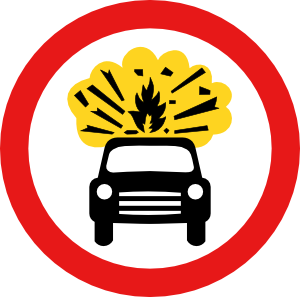
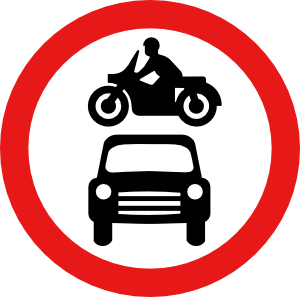
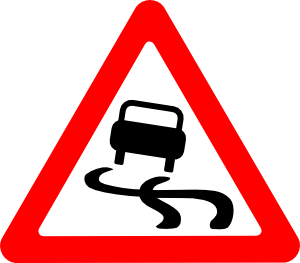
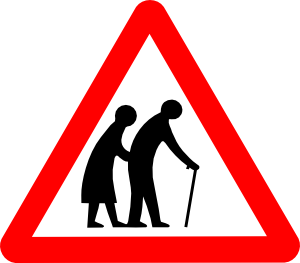
 iGoogle collection of "Learn Chinese" feeds
iGoogle collection of "Learn Chinese" feeds